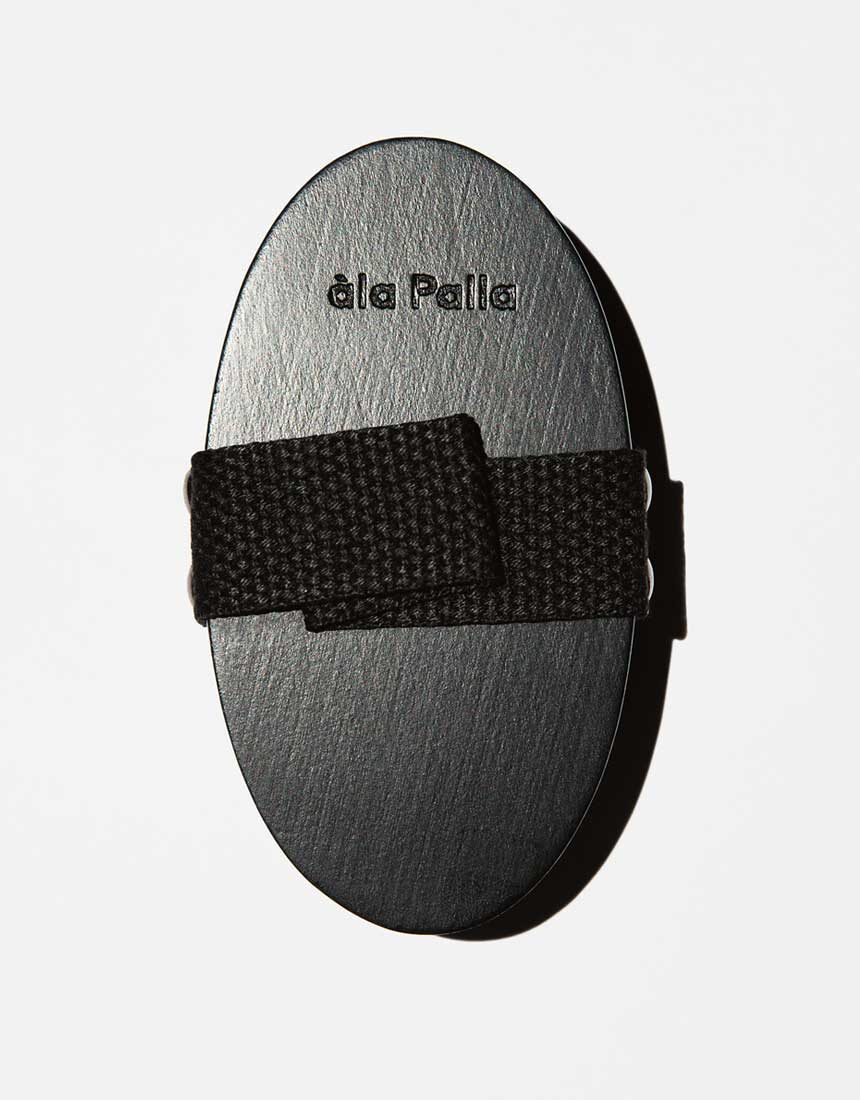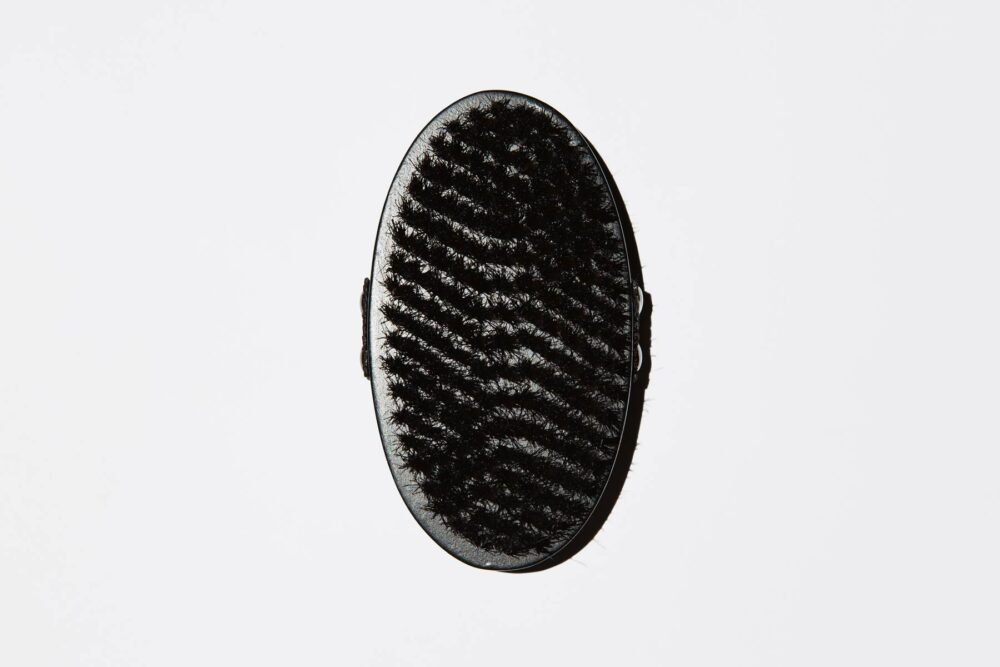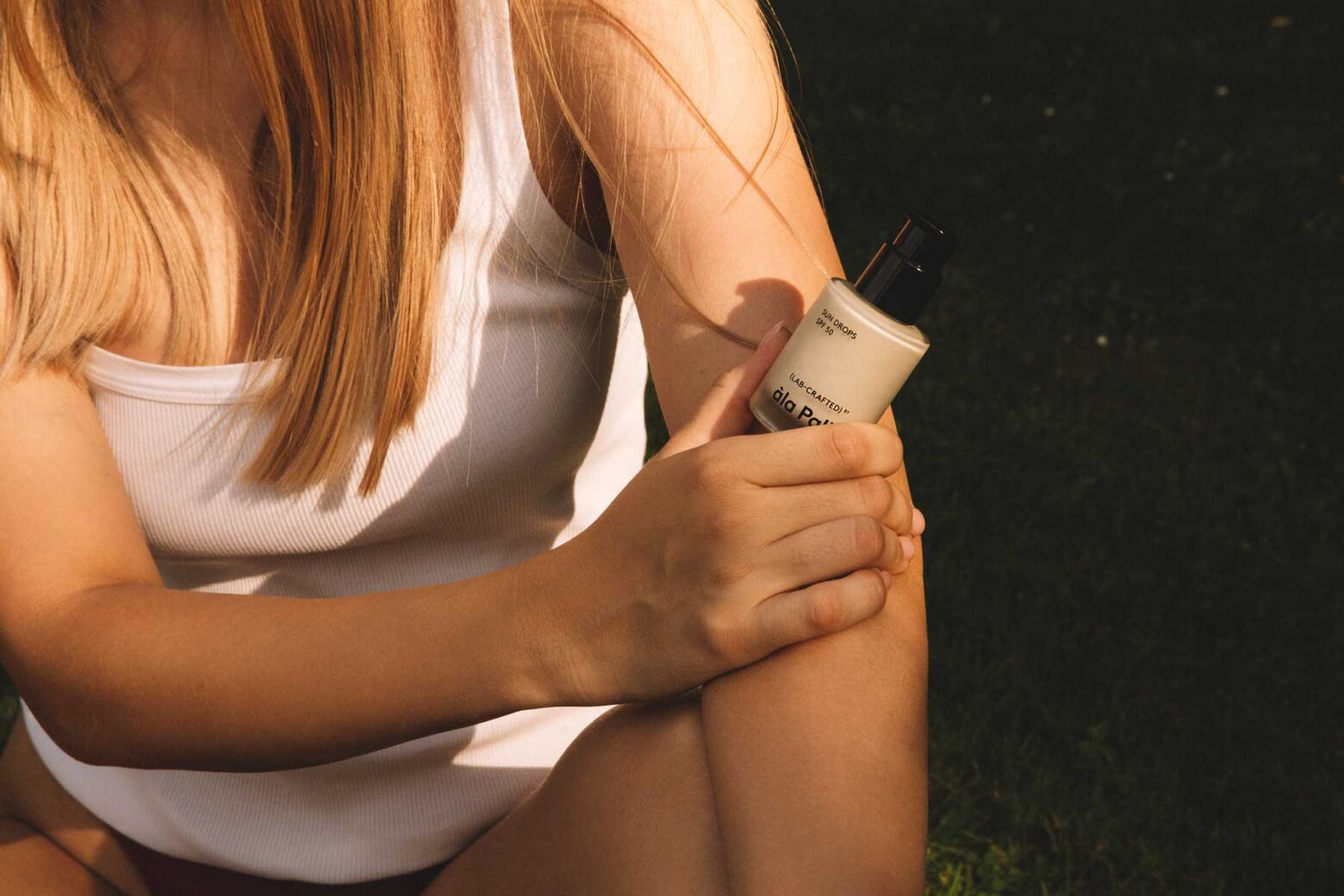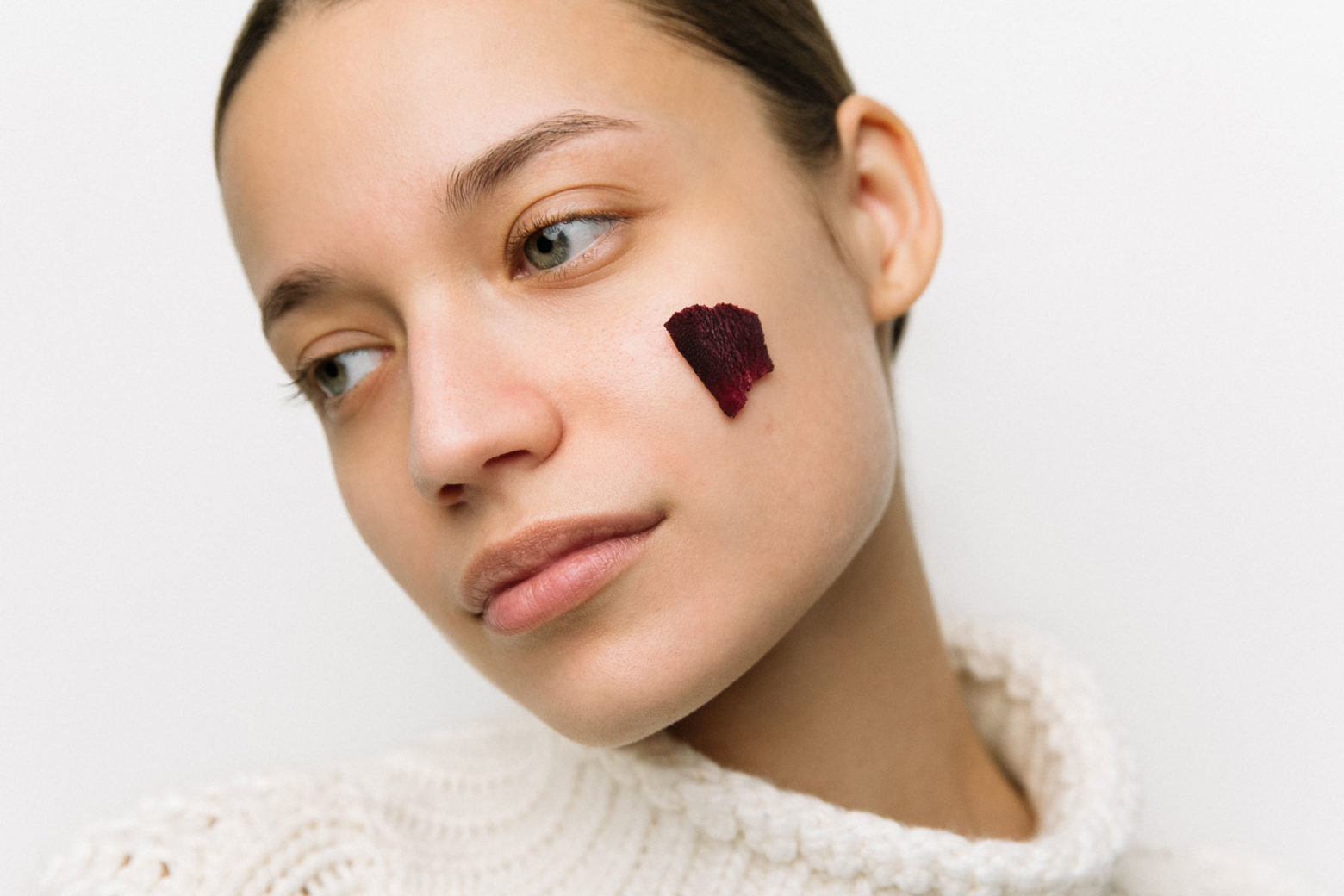
HEALTH / 31. 10. 2023
There’s more to dry brushing than you might expect.
We often “struggle” with aspects of our self-image that we find displeasing – stretch marks, a few extra kilos, or cellulite. We ceaselessly seek ways to get rid of them or improve the look of our skin. We’ll tell you how to do it with only a single tool – a dry brush.
1 — What is dry brushing?
Dry brushing is a body massage with a dry, stiff-bristled brush, a practice used for centuries to enhance circulation, stimulate the lymphatic system, massage muscles, exfoliate dead skin cells, and even help reduce cellulitis.
2 — What is dry brushing good for?
Dry brushing unclogs pores, boosts circulation, improves blood flow, and removes toxins. Bristles stimulate and unclog pores and exfoliate dead skin cells, making it easier for the skin to absorb active ingredients from body cosmetics, helping them penetrate deeper into the skin. The skin remains silky smooth.
3 — Why make it part of your beauty routine?
Regular exercise and healthy diet help keep the skin smooth. Dry brushing brings extra perks to enhance this process even more, helping maintain healthy, smooth and radiant skin all year round.
Dermatologists say dry brushing has a number of benefits. A major one is that it aids in reducing cellulitis. We can’t get rid of it completely, but long-term, regular dry brushing makes the skin firmer and our legs and buttocks smoother. Lymphatic stimulation enhances the supply of oxygen to the skin and encourages the production of collagen and elastin. The lymphatic system helps the body to fight infections, among other things.
4 — What are other benefits of dry brushing?
- Firmer, better-looking and rejuvenated skin
- Lymphatic stimulation
- Ingrown hair prevention
- Skin exfoliation
- Tension and stress relief
5 — How to use the dry brush?
If you want to see results, you should include dry brushing into your beauty routine and perform it regularly. Don’t be too rough and take your time to massage your body carefully.
Ideally, use the brush on dry skin, gently massaging with soft, fluid strokes. Dry brushing can be used on the whole body – from soles, feet, legs, and arms to buttocks and belly. It is important that you start from your limbs (farthest from the heart) and work your way upward (towards the heart). Brush gently with slow, fluid strokes, using circular clockwise motions on the belly. Avoid sensitive areas or areas with wounds or infections. If the massage seems too rough or unpleasant, lighten up the pressure. We recommend using dry brush two or three times a week.
Do not forget to apply body lotion afterwards to moisturise the skin for a silky feel.
6 — Detailed instructions for use:
Start with the feet and move upwards, using slow strokes.
Feet and legs – from the front and back of the right foot move towards the thigh and buttocks.
Arms – start with the right hand, move to the forearm and then lower and upper arm
Belly – start on the right lower side and move upward towards the ribs
7 — How to take care of the dry brush?
Since the dry brush is used to remove dead skin cells, they can get stuck and accumulate in its bristles. It is therefore necessary to wash them regularly. Wash the dry brush with soap at least once a week, rinse with warm water and leave it air dry to prevent mould. Make sure the bristles always face upwards to avoid the build-up of bacteria.
8 — Who can use dry brushing?
Dry brushing may seem good for everyone, but some people should be more cautious about it. Especially people with skin conditions like eczema, psoriasis, etc., should stay clear of this practice, as the brush may irritate their skin and considerably worsen their condition. You also should be more careful if you have sensitive skin.
YOU MAY
ALSO LIKE













